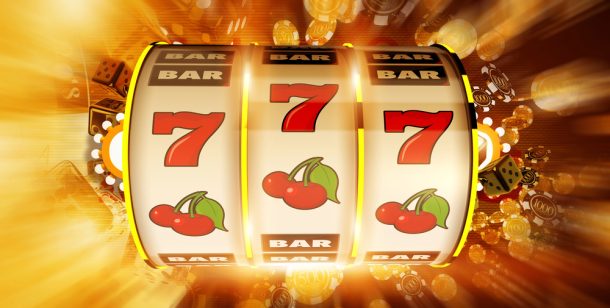
Autoplay was built for convenience. Players could choose a stake, set several spins, and let the session run without interruption. That simplicity was attractive in the early days of online slots, when speed and ease mattered more than control. But the longer players stayed, the more obvious the limitations became.
Smartplay tools are now standard on top platforms, including leading casinos in California, where players get instant access to real-money games, high bonuses, and even fast crypto payouts built into the experience. These new systems replace one-size-fits-all automation with flexible rules that respond to what’s happening in the session. Instead of setting and forgetting, players can now structure their play around clear decisions made in advance – no disruption, no friction, and no guessing mid-game.
Why autoplay was introduced and why it stopped working
Autoplay was introduced to remove repetitive clicks and keep the game moving. It allowed players to program a fixed stake and several spins, then step back and watch the round play out. For a while, this answered the need for smoother, less interrupted gameplay, especially for users who already knew how they liked to bet.
This system had no way to respond. It didn’t adjust based on outcomes, didn’t monitor balance changes, and didn’t signal when something shifted during play. The game kept going under the same parameters, whether it made sense to continue or not. Over time, players began to lose visibility on what they were spending and how long they’d been active.
A 2024 study on auto-play features at online slot machines showed that while the feature didn’t increase losses, it consistently led to more betting activity – a sign that autoplay encouraged longer sessions without helping players make more informed choices. The conclusion was clear: efficiency alone wasn’t enough.
What smartplay means in practice
Smartplay replaces the automated repetition with decision-making. Instead of looping the same command for twenty or fifty spins, players can now set detailed rules that apply mid-session. For example, a game can be instructed to pause after a certain number of losses, reduce the stake after a win, or stop automatically after a set time.
The key difference is that these rules are proactive. They don’t kick in because something went wrong but are, rather, active from the beginning. This changes the relationship with the game, because instead of watching automation take over, players stay in control without hovering.
Most importantly, these settings don’t slow the session down or complicate it. They replace one flat instruction with a system that reacts intelligently, based on what the player has already chosen.
Real-time insights that guide play
Another core feature of Smartplay is the integration of live feedback into the interface. Players can now see session stats as they play – total spins, current balance, win-loss patterns, and changes in betting behavior are updated in real time. This gives clear live info on each round without stepping away from the screen.
To make things even more transparent, all the information is presented in visual dashboards, which make data easy to absorb. In some cases, additional prompts appear when a session becomes unusually long or when stakes increase suddenly. These signals are designed to bring attention to changes in behavior, not to interfere, but to inform.
What makes this useful is not just the data itself, but the timing. Instead of reviewing performance after the fact, players can respond mid-session, adjusting pace or strategy when it makes the most sense to do so.
Built-in limits that operate automatically
Just like with sweepstakes casinos, where alternative models sparked regulatory debate, new features in standard platforms are redefining how automated systems function. Smartplay tools now include preset limits that activate during play. Unlike older systems where players had to dig through menus to set a cap or break timer, these controls are now part of the session interface. Before starting, users can define how long they want to play, how much they’re willing to wager, and when the session should end.
Once these limits are in place, they don’t require any additional input. The system monitors progress and acts on the player’s instructions automatically. When a threshold is reached, the game pauses or stops. No warnings, no pop-ups, and no manual overrides, just clean execution of the rule that was set.
This feature does not aim to enforce discipline. The goal is to remove the need to keep checking in. When the system handles the boundaries, the player can focus on the game itself without distraction or drift.
Why smartplay improves the overall experience
A 2024 report on the global online gambling market size estimated its value at USD 78.66 billion, with continued growth projected through 2030. As more users play for longer stretches, platforms need features that can manage session complexity, adjust to real-time behavior, and reduce manual decision-making – something fixed autoplay systems were never built to handle.
Smartplay bridges that gap. It gives players control at scale – automation that responds to actual play conditions, not just instructions. That means fewer pauses to reset, fewer errors from guesswork, and smoother gameplay overall.
Smartplay features didn’t replace autoplay by chance. They became necessary once the number of players increased drastically, and they started expecting more than just speed.
Sessions got longer, decisions got harder, and automation had to evolve, not to promote restrictions, but to secure intelligent communication and play on players’ terms and under their full control.




Leave a Reply